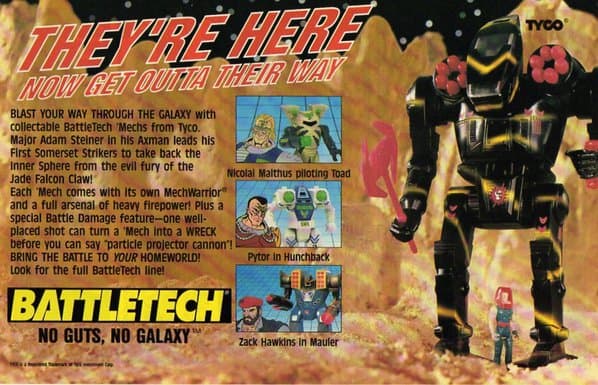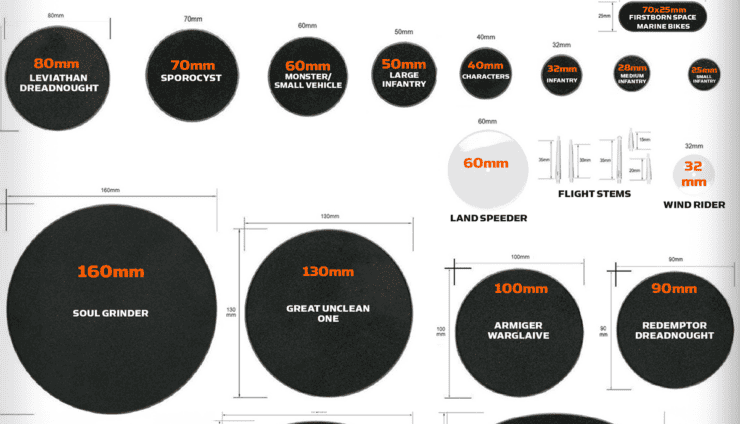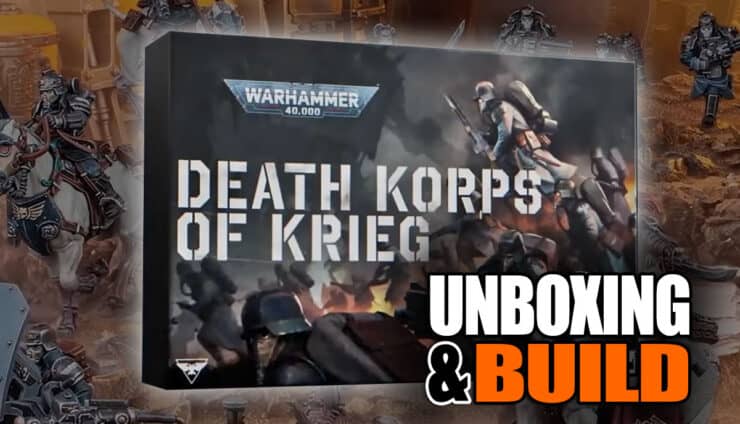
Hopefully we have the time to finish up Ground to Air Combat too. Let’s dive in where we left off, with Step 4 of Air to Air Combat. Be sure to check out the previous article in this series. You can find that here.
Step 4: Determine To-Hit Number
This step works like other versions of this you’ve seen in other articles. Start with the unit’s Skill as your base number, and apply modifiers as appropriate. Remember that Air to Air Attacks don’t have terrain modifiers or use the target’s TMM. (Check out the Aerospace to hit modifier chart on page 57).
Step 5: Roll To-Hit
This step is easy. Roll 2D6 and compare your result to the To-Hit Number you generated in Step 4. if you match or exceed the number, you have hit the target. If the result is less than that, you missed.
Step 6: Determine and Apply Damage
Remember, go ahead and indicate the damage sustained, but it isn’t applied until the End Phase. There are a few specific cases to keep in mind when dealing damage, so let’s take a close look at the particulars.
- Attack Direction: Unless the attacking unit was able to slip behind the target in step 3, assume the attack direction is form the front. If the attacker was able to get behind the target, the attack hits rear.
- Amount of Damage: Aerospace units have four range bands, S, M, L, and E. Extreme is the only new addition to the range bands and represents units at distances not normally hittable with ground based weapons.
- Damage to Rear: Remember that a unit hit from behind takes an additional point of damage.
- Overheat Damage: Aerospace units that track heat can Overheat to deal additional Damage. Remember you declare this before you roll to hit.
- Special Ability Damage: Units do not use special abilities in Abstract Aerospace Combat.
- Heat Special Ability Damage: the Heat Special ability is not used in Abstract Aerospace Combat.
Step 7: Roll for Critical Hits
Aerospace Units that suffer enough damage to take out structure bubbles check for critical hits normally. Aerospace units also have a defined armor threshold, representing the fragility of the airframe and the potential for any damage to be catastrophic. If the damage sustained exceeds the armor threshold, check for a critical hit. (Most cards should have an armor threshold printed on the card, but if it doesn’t, divide it’s starting armor by 10 to determine the threshold).
Repeat this process for everything that’s engaging in air to air combat this turn and when both you and your opponent have completed this step, move to the End Phase and apply the effects of combat.
Ground to Air Combat
There’s one last aspect of Aerospace Combat to talk about, Ground to Air. Ground units have the opportunity to engage air units during their turn, and the rules work almost exactly like Ground vs. Ground combat. We’re going to cover the differences as we finish up this series on the Abstract Aerospace System. Let’s run through the steps and get you shooting down enemy planes.
Step 1: Verify Line of Sight
This works just like regular combat, but remember that a ground unit has LOS to any aerospace unit in the central zone as long as the ground unit isn’t submerged.
Step 2: Verify Firing Arc
All non-aerospace units can consider an aerospace unit in it’s firing arc if any portion of the unit’s flight path crosses the ground unit’s firing arc at any point. Grounded Spheroid Dropships treat airborne units as being in their forward firing arc.
Step 3: Determine Range
Measure from the base of the firing unit to the nearest point of the targeted unit’s flight path and add 12 inches. If the attacking unit is within 2 inches of the target’s flight path, ignore the above and treat the unit as being at Short Range.
Step 4: Determine To-Hit Number
Aerospace units have a special +2 bonus to be hit for being an Aerospace unit rather than a normal TMM. Grounded Aerospace units have the -4 modifier for being an immobile unit.
Step 5: Roll To-Hit
This step is easy. Roll 2D6 and compare your result to the To-Hit Number you generated in Step 4. if you match or exceed the number, you have hit the target. If the result is less than that, you missed.
Step 6: Determine and Apply Damage
Remember, go ahead and indicate the damage sustained, but it isn’t applied until the End Phase. Ground to Air attacks always hit the target unit in its front arc regardless of the direction the attack comes from. All other combat situations use the Air to Air rules described above.
Step 7: Roll for Critical Hits
Aerospace Units that suffer enough damage to take out structure bubbles check for critical hits normally. Aerospace units also have a defined armor threshold, representing the fragility of the airframe and the potential for any damage to be catastrophic. If the damage sustained exceeds the armor threshold, check for a critical hit. (Most cards should have an armor threshold printed on the card, but if it doesn’t, divide it’s starting armor by 10 to determine the threshold).
The End Phase
Aerospace units have a couple of specific things that happen during the End Phase. We’re going to cover them briefly so you know what to expect. These are specific circumstances for Aerospace units and don’t apply in games where they aren’t involved.
-
Ending Air to Air Engagements:
- Units that are engaged in Air to Air combat can disengage from each other. There are three main situations that occur and these are determined by the controlling players. These have to done for each engagement, with the Initiative winner determining which engagement to select first.
- Both Players choose to continue the engagement: The engaged units remain in the same region for the next turn.
- Both Players choose to end the engagement: The engaged units disengage.
- If one player chooses to end the engagement and the other player choses to continue the engagement, the players repeat the determining control step of the Air to Air combat rules. If both players fail this roll, the engagement ends.
- The Unit with the higher Margin of Success determines if the engagement continues or ends. In case of a tie, the unit with the higher current thrust rating makes this determination. If this is also a tie, repeat the roll.
-
Aerospace Damage:
- Units that take damage during the turn have to make a control roll during the End Phase. This is made with a +2 penalty for Atmospheric flight, (and can have an additional +4 penalty for a thruster hit). Failing this roll moves the unit one zone closer to the central zone. This breaks any engagements the unit was engaged in. Units that fail this roll in the central zone crash land on the battlefield.
- This also applies to any unit that has it’s Thrust reduced to 0 via damage and other effects.
Conclusions and further Ideas
That’s the nuts and bolts of the Abstract Aerospace System. It’s an interesting addition to the core Alpha Strike game and brings new units and situations to the battlefield. We’ll try to put together a scenario for this rules set for next week and maybe get you into the game. After that we’ll cover some interesting Special Abilities and see what sort of mischief we can find ourselves in. We hope this has been a very educational series for you and hope it gets you into Alpha Strike.
Game on, Game Fans
Today’s Art is from the wonderful Flying Debris and you can find him on Deviant Art.








